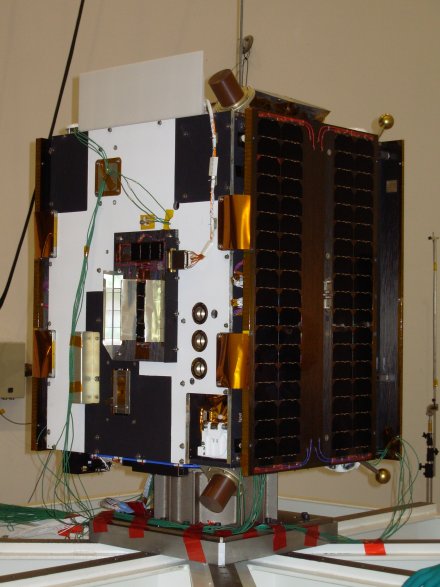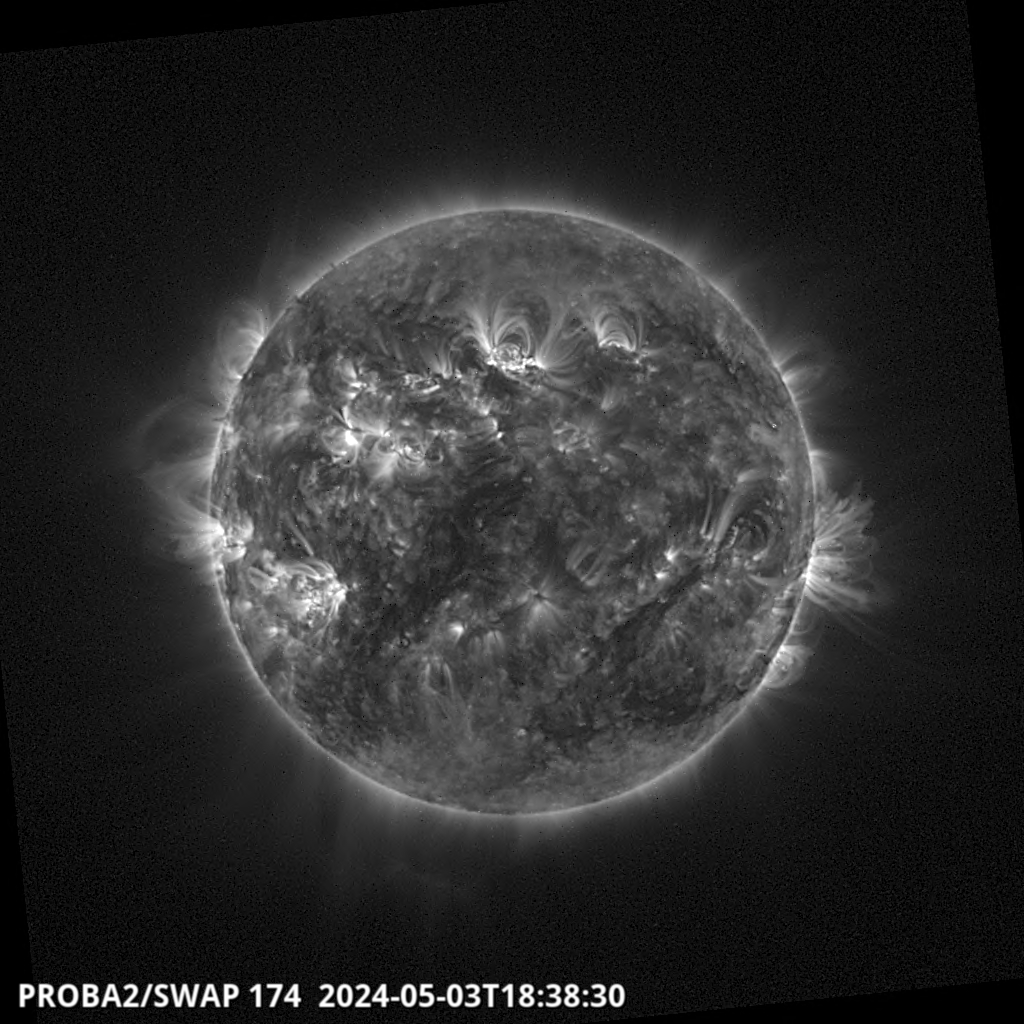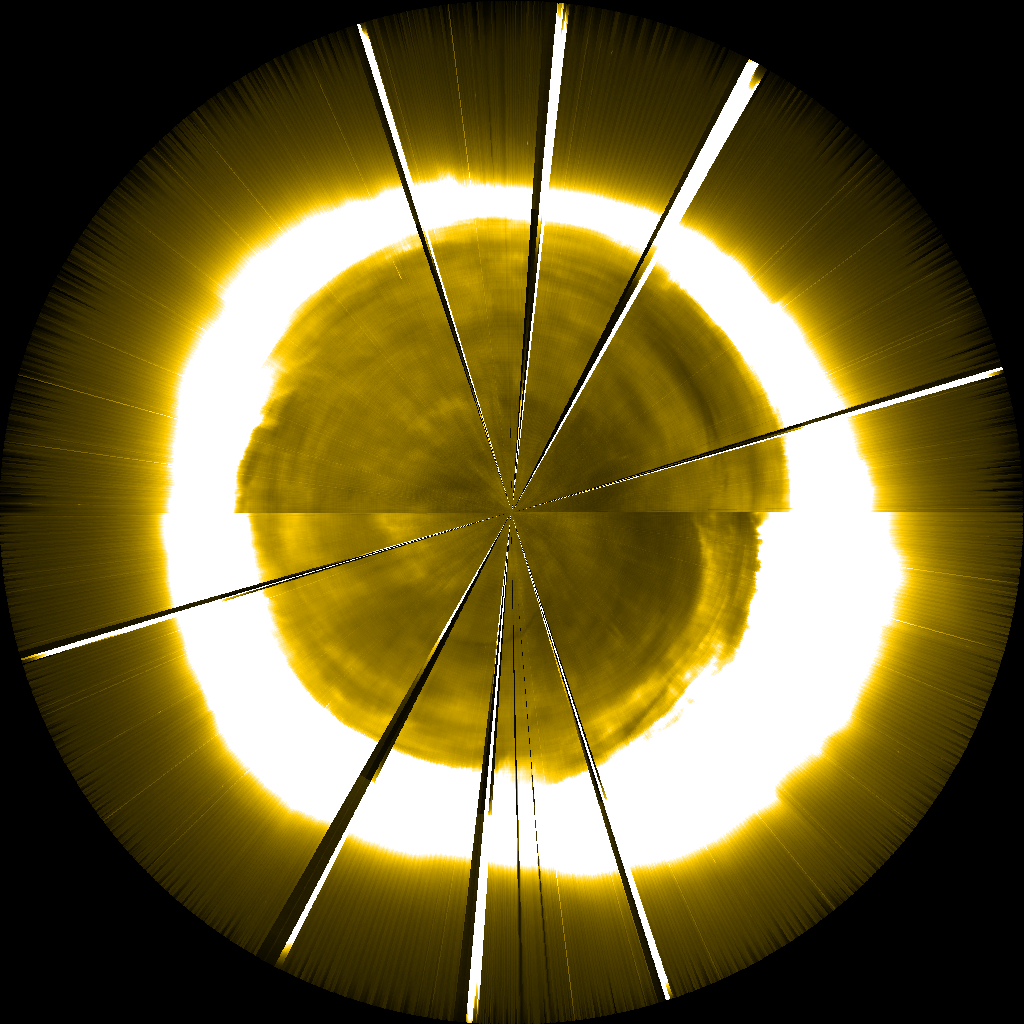Main menu
You are here
Spacecraft
 PROBA2 is a microsatellite developed as an ESA technology mission by Verhaert Space, now Qinetiq Space (Kruibeke, Belgium). The PROBA2 mission is twofold. On one hand it is a technology demonstration mission, testing new technologies for satellites and systems in-flight. On the other hand PROBA2 has a scientific mission: its sun-synchronous orbit, combined with two instruments for solar observation (SWAP and LYRA) and two space weather instruments (DSLP and TPMU) forms the ideal basis for operational space weather forecasting.
PROBA2 is a microsatellite developed as an ESA technology mission by Verhaert Space, now Qinetiq Space (Kruibeke, Belgium). The PROBA2 mission is twofold. On one hand it is a technology demonstration mission, testing new technologies for satellites and systems in-flight. On the other hand PROBA2 has a scientific mission: its sun-synchronous orbit, combined with two instruments for solar observation (SWAP and LYRA) and two space weather instruments (DSLP and TPMU) forms the ideal basis for operational space weather forecasting.
 PROBA2 is a 0.6 × 0.6 × 0.8 meter, box-shaped structure with two deployable solar panels and a nominal weight of 130 kilograms. The primary mechanical structure consists of three aluminium honeycomb panels arranged in an H configuration and a bottom panel that acts as the interface to the launch vehicle. Almost all the satellite system units are mounted on these inner panels.
PROBA2 is a 0.6 × 0.6 × 0.8 meter, box-shaped structure with two deployable solar panels and a nominal weight of 130 kilograms. The primary mechanical structure consists of three aluminium honeycomb panels arranged in an H configuration and a bottom panel that acts as the interface to the launch vehicle. Almost all the satellite system units are mounted on these inner panels.
PROBA2 is fully three-axis stabilized. Turning moments are supplied by four reaction wheels, which can be unloaded via magnetorquers. Attitude determination is performed using an autonomous high-accuracy (5 arcsec over 10 seconds) two-head star tracker, GPS sensors and a three-axis magnetometer. Sun pointing to 100 arcsec accuracy is expected. Autonomous navigation is enabled with GPS position determination and orbit propagation. All the required navigation and maneuvering computations are performed onboard.
A single resistojet thruster is being used for orbit adjustment. The thruster uses xenon as the propellant gas and, as the xenon supply is depleted, the tank is repressurized with nitrogen from a solid-state gas generator.
Power is generated by triple-junction gallium-arsenide solar cells mounted on two deployable panels and one fixed panel. The solar generators provide a maximum of 110 watts of electrical power at the end of the nominal two-year mission. A 16.5 Ah lithium-ion battery supplies power during eclipses and when specific payload experiments require a peak power greater than the solar generators can supply. The spacecraft’s power consumption varies between 70 watts and 110 watts, depending on its mode of operation.
Click here for yet more details.





